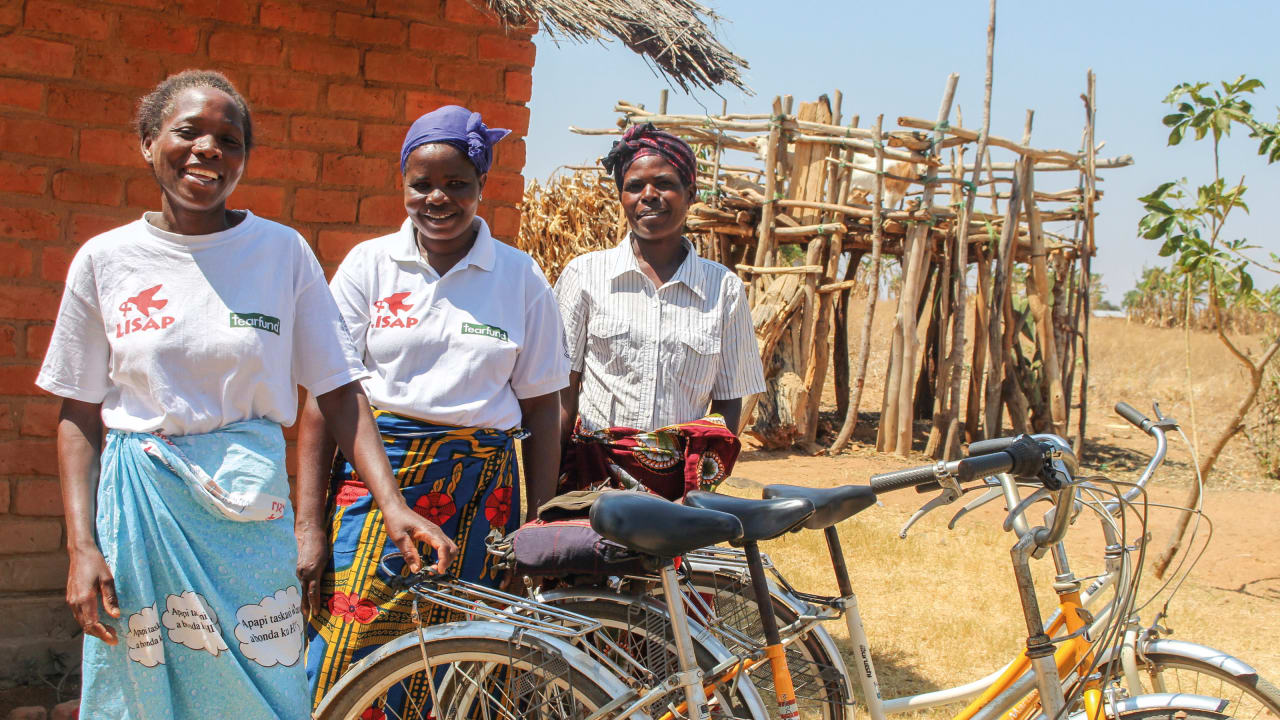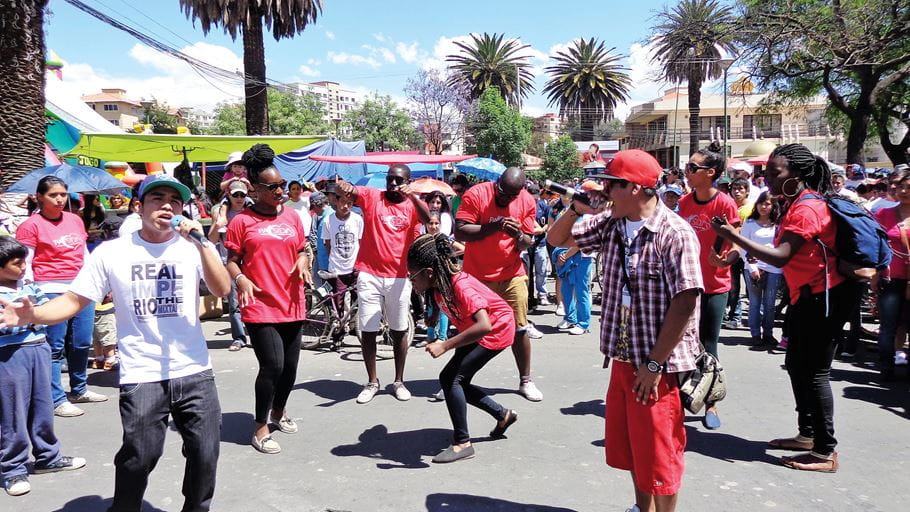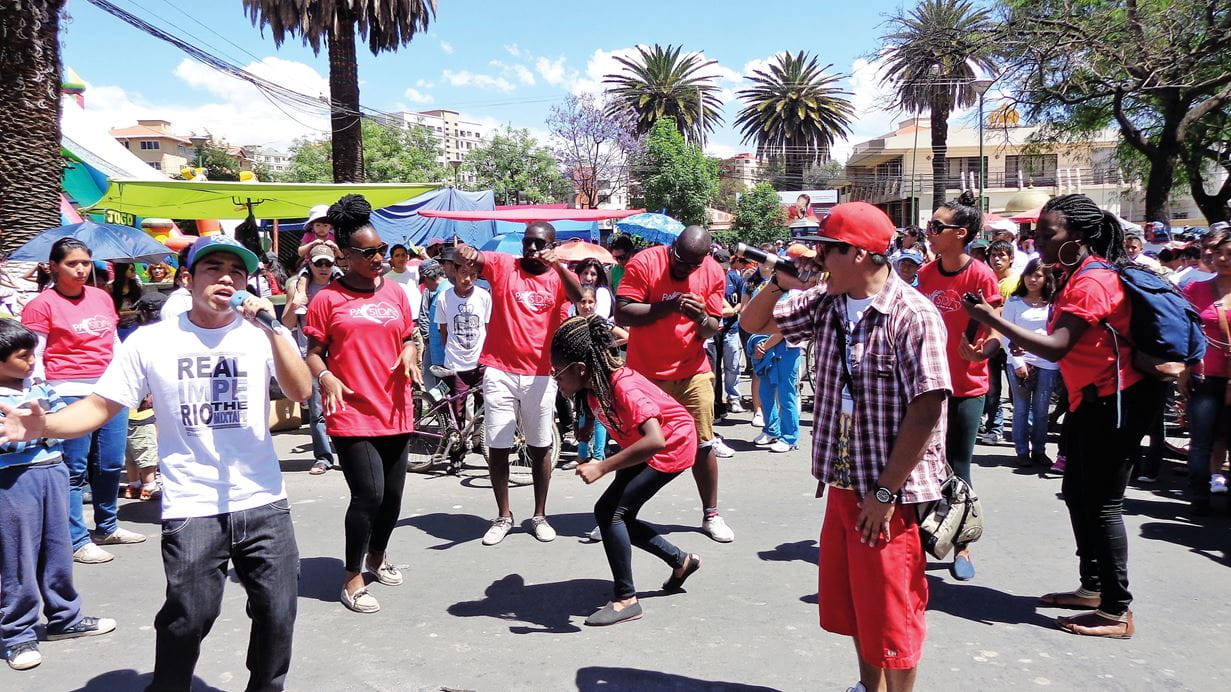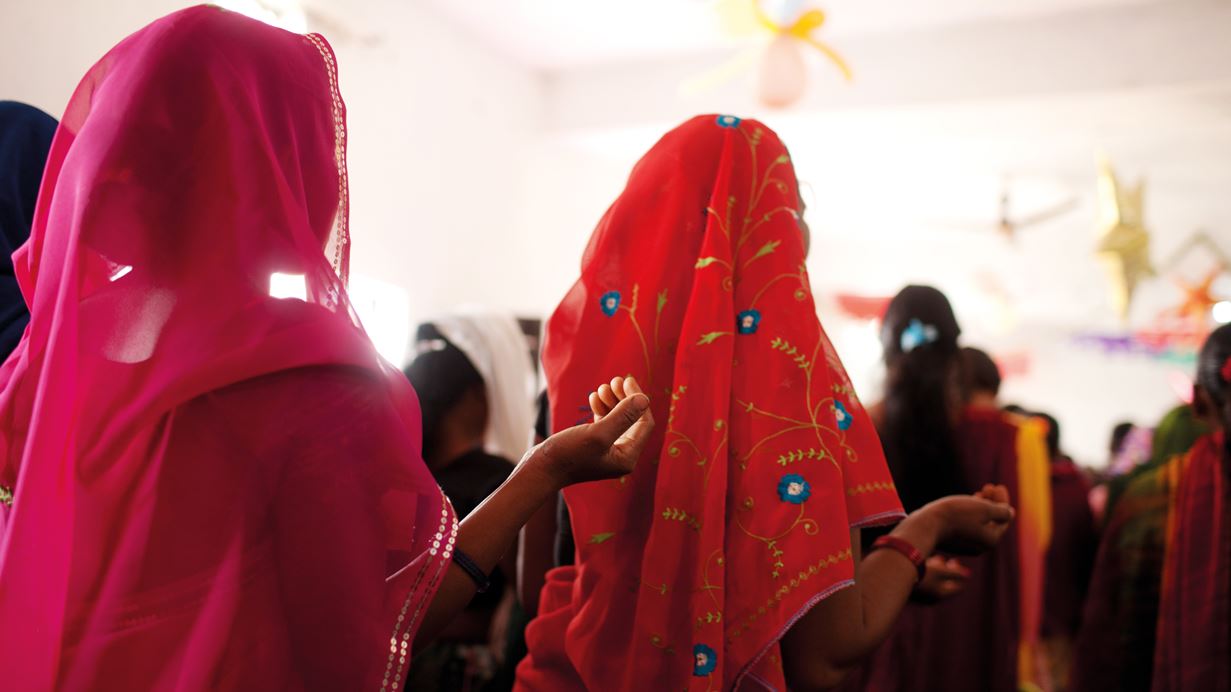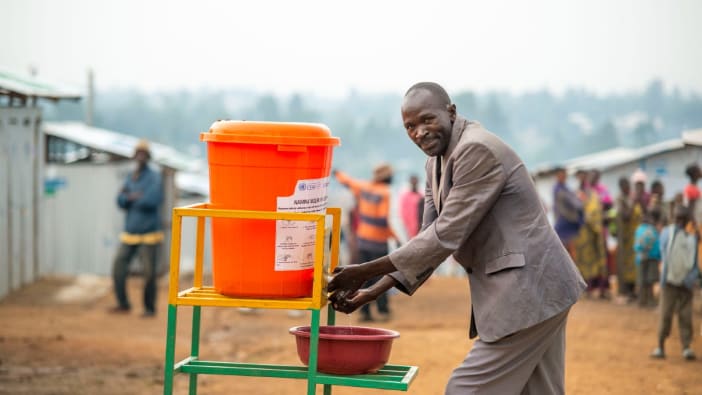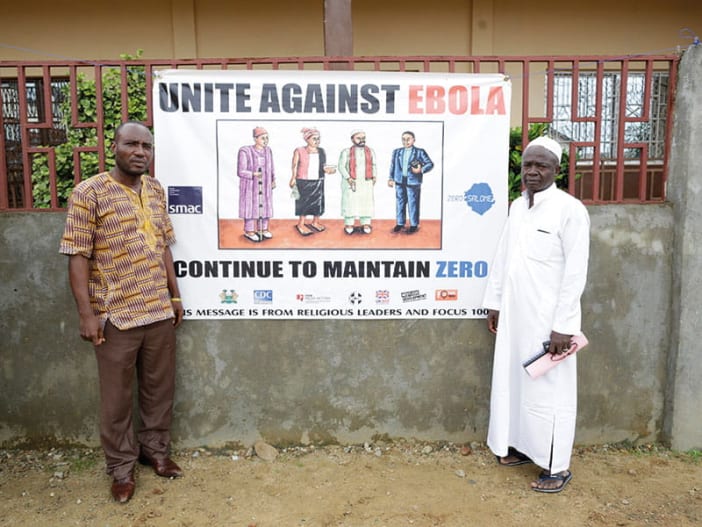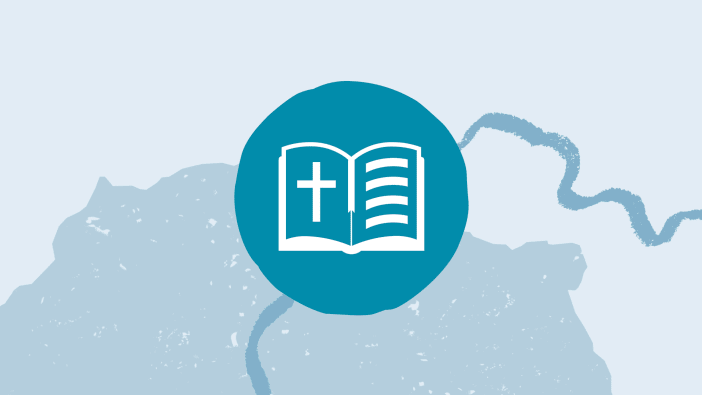Human immunodeficiency virus (HIV) has claimed more than 32 million lives and it continues to be a major global public health issue. However, with increasing access to effective prevention, diagnosis, treatment and care, most people with HIV are now able to live long and healthy lives. Three people from different parts of the world reflect on what HIV means to them.
Supporting mothers
HIV had a devastating impact on maternal and child health when it came to Zambia, more than 30 years ago.
In one urban community in Lusaka, a quarter of mothers tested positive for HIV. They had many complications during pregnancy and their babies were often premature and small. More than a third of these mothers passed on HIV to their infants. This caused high levels of childhood illness and malnutrition, and many children died. It was an extremely difficult and painful time.
We set up several projects including a large, countrywide HIV awareness and prevention campaign. Over time, this resulted in a drop in HIV among mothers to less than 12 per cent. Routine testing in antenatal clinics and treatment of HIV in pregnancy and after delivery brought the mother-to-child transmission rate down to less than ten per cent.
We faced big problems of stigma. Mothers were afraid to tell their partners that they had been diagnosed with HIV, even though it was often the partner who had infected them. We established caring and confidential counselling and support, and the proportion of mothers accepting treatment steadily increased. Last year, over 80 per cent of mothers who needed long-term antiretroviral therapy (ART) took it regularly.
All of this required a massive increase in laboratory testing, skilled staff and ART medicines. Fortunately, we were supported well by our government and international agencies. Management of HIV in pregnancy is now incorporated into the Zambian government’s national maternal and child health programme.
Dr Lackson Kasonka, University Teaching Hospital, Lusaka, Zambia
Love in action
It was our first gathering and among the guests was six-year-old Livia. Both of Livia’s parents had died from AIDS-related illnesses and Livia had acquired HIV through her mother’s milk.
I was serving refreshments and from the kitchen I saw that Livia was playing with my daughter, who was four years old. At that time, and I don’t know why, I had the urge to stop my daughter from playing with her. It took me a few long seconds to react and realise that my fear was unfounded.
I am a Patsida facilitator in Sucre, Bolivia, and I am also the pastor of a small church. The Patsida programme trains church facilitators to speak about sexual health in their congregations, schools, colleges and the wider community. The aim is to break down barriers of silence and discrimination and open the way for the most vulnerable in our communities to seek help and support.


